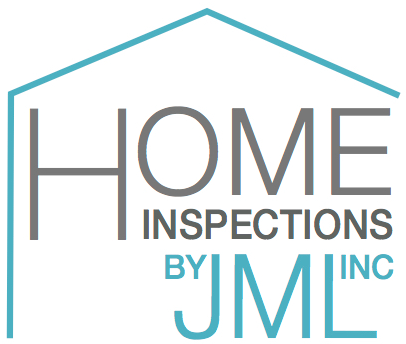Home Inspections by JML, INC.
Radon
Learn More About Radon
-
What is Radon?
Radon Is a Cancer-Causing, Radioactive Gas.
Radon gas is a national environmental health problem. You cannot see, smell, or taste radon. But it still may be a problem in your home. When you breathe air containing radon, you increase your risk of getting lung cancer. In fact, the EPA, Surgeon General of the United States and the American Lung Association have warned that radon is the second leading cause of lung cancer in the United States today. If you smoke and your home has high radon levels, your risk of lung cancer is especially high.
-
Where is Radon Found?
Short Answer: In Nearly all Soils and Water.
Radon comes from the natural decay of Uranium that is found in nearly all soils. (Map) It typically moves up through the ground to the air above and into your home through cracks and other holes in the foundation. Your home traps radon inside, where it can build up. Any home may have a radon problem. This means new and old homes, well-sealed and drafty homes, and homes with or without basements. Sometimes Radon gas enters the home through well-water.
-
Should You Test for Radon?
Yes! Testing is the only way to find out your home’s Radon levels.
If You Are Selling a Home…
EPA recommends that you test your home before putting it on the market and, if necessary, lower your radon levels. Save the test results and all information you have about steps that were taken to fix any problems. This could be a positive selling point.
If You Are Buying a Home…
If the home has not yet been tested, you should have the house tested.
If the home has a radon-reduction system, ask the seller for any information they have about the system.
If you are having a new home built, there are features that can be incorporated into your home during construction to reduce radon levels.
-
How Do You Test for Radon?
There are two ways to test for Radon.
Short Term Testing:
Short term testing ranges from 2 to 90 days. At Home Inspections by JML, Inc., we follow the EPA guidelines and place a Continuous Radon Monitor in a home for 60 hours under closed door/window conditions. The results and a full report are available immediately.
Long Term Testing:
Long term testing ranges from 91 days to 1 year. We do not offer this service.
-
What is a High Level of Radon?
4.0 pCi/L or Greater
The Surgeon General and EPA recommend testing for radon and reducing radon in homes that have high levels. Fix your home if your radon level is confirmed to be 4 picocuries per liter, pCi/L, or higher. Radon levels less than 4 pCi/L still pose a risk, and in many cases may be reduced.
-
How Do I Reduce the Radon Level in My Home?
Mitigation System
There are several proven methods to reduce radon in your home, but the one primarily used is a vent pipe system and fan, which pulls radon from beneath the house and vents it to the outside. (diagram) This system, known as a soil suction radon reduction system, does not require major changes to your home. Sealing foundation cracks and other openings makes this kind of system more effective and cost-efficient. Similar systems can also be installed in houses with crawl spaces. Radon contractors can use other methods that may also work in your home. The right system depends on the design of your home and other factors.
Lowering high radon levels requires technical knowledge and special skills. You should use a contractor who is trained to fix radon problems. A qualified contractor can study the radon problem in your home and help you pick the right treatment method.
You should also test your home again after it is fixed to be sure that Radon levels have been reduced. Most soil suction radon reduction systems include a monitor that will indicate whether the system is operating properly. In addition, it is a good idea to retest your home every two years to be sure radon levels remain low.
-
Radon Frequently Asked Questions


